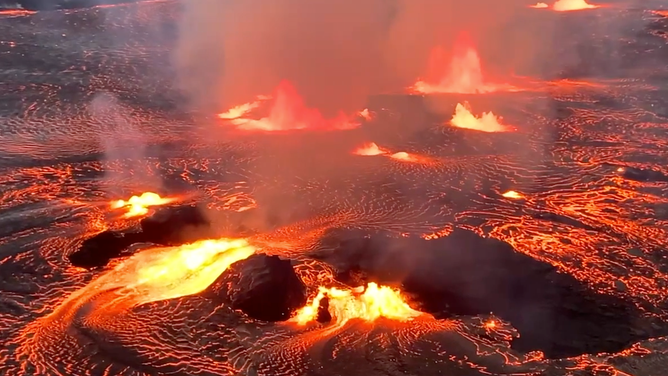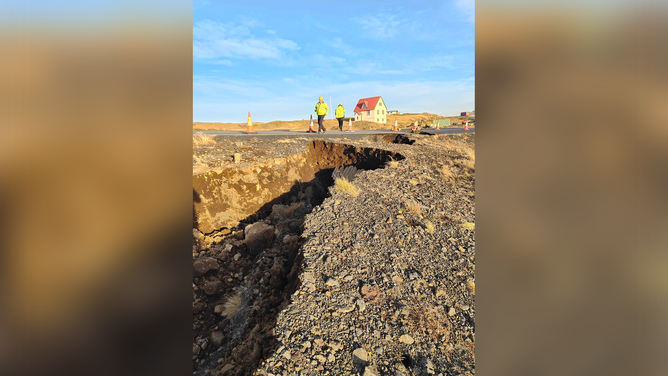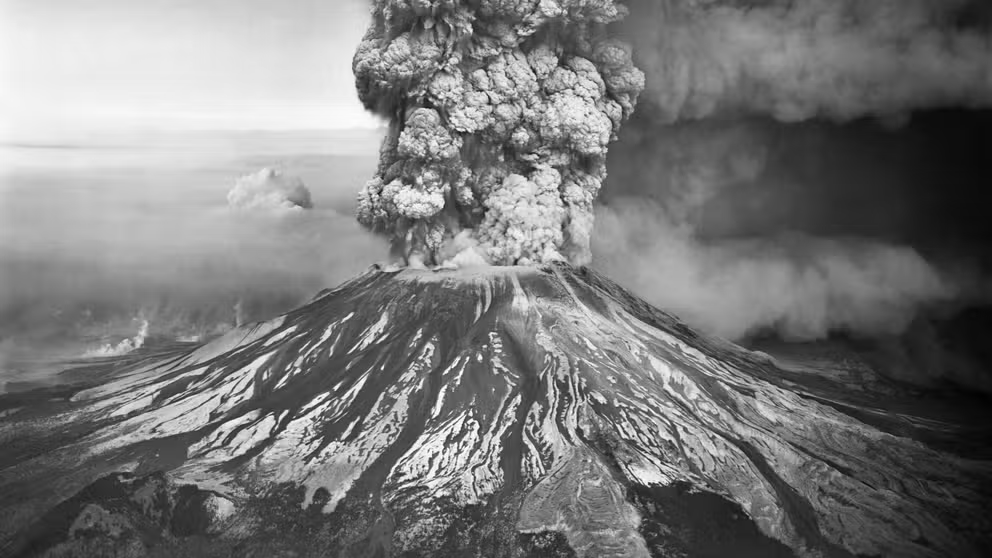Can one volcano's eruption trigger an eruption at another volcano?
According to the U.S. Geological Survey, it is difficult to determine if one volcano eruption caused another.
Mount St. Helens: Watch how the worst volcano eruption in US history happened
A look back at the catastrophic 1980 eruption of Mount St. Helens in Washington—the most devastating volcanic eruption in U.S. history—and the events leading up to it.
When there is one volcano in a region, there can be several or many others nearby, but if one volcano erupts, can that trigger an eruption at a nearby volcano or hundreds of miles away?
According to the U.S. Geological Survey, it is difficult to determine if one eruption caused another.
Active volcanic regions, such as the Rabaul Caldera in Papua New Guinea and Iceland's Reykjanes volcanic region, sometimes have common magma reservoirs that can trigger unrest.
WHAT HAPPENS BEFORE A VOLCANO ERUPTS?
According to the USGS, the largest volcano eruption in the 20th century happened in 1912 when Alaska’s Novarupta volcano began spewing magma that came from a reservoir 6 miles away beneath Mount Katmai. Even though it was the source of the magma, Mount Katmai did not erupt.

A view of the summit eruption of Kīlauea volcano, within Halemaʻumaʻu crater on June 8. Lava is flowing on the crater floor and there are several active vent sources. (Image: USGS/HVO)
There are also volcanoes near one another that do not share this magma system, like Hawaii's Kilauea volcano, only 20 miles from Mauna Loa, but the two have individual magma reservoirs, according to the USGS.
There are multiple ongoing active eruptions worldwide at one time, and between 60 and 70 eruptions a year.
Most recently, officials warned of an impending volcanic eruption in Grindavík, Iceland, where the town has been evacuated following thousands of earthquakes. At the same time, Italy's Mount Etna began spewing lava fountains in the sky in November, just months after its August eruption.

Crews inspect a road after a large crack appeared amid fears that a volcano will erupt there soon.
(Facebook.com/Vegagerdin)
However, according to the USGS, no definitive evidence exists that one eruption can trigger another eruption from a different volcano system that is hundreds of miles away or even on a different continent.
WHAT ARE THE 4 CLASSIC TYPES OF VOLCANOES?
There are signs of an impending eruption, including earthquakes, ground deformation and changes in gas emissions. Still, geology experts say predicting an eruption is not an exact science.
There are some historical examples of simultaneous eruptions within about 6 miles, but the USGS said it's unclear if one eruption caused the other.
